Instagram, Facebook, TikTok, and Twitter are all popular social media platforms, each with its own strengths and weaknesses for marketing. Here are some key differences between the four:
- Demographic: Instagram and Facebook have a wider demographic, including all age groups, while TikTok is particularly popular with Gen Z and younger Millennials. Twitter is used by a wider demographic but is particularly popular with younger generations and professionals.
- Content format: Instagram is heavily focused on visual content, particularly images and short videos, while Facebook allows for a wider range of content including text, images, and longer videos. TikTok is primarily focused on short-form video content. Twitter is focused on short text-based content, known as tweets.
- Algorithm: TikTok’s algorithm is designed to personalize content for each user based on their interests, making it easier for marketers to reach a highly engaged and relevant audience. Instagram and Facebook also use algorithms to surface content to users, but to a lesser extent compared to TikTok. Twitter uses a real-time feed, making it more suited for timely and breaking news updates.
- Features: TikTok offers unique features for marketers such as brand takeovers, in-app shopping, and sponsored hashtags, which are not available on other social media platforms. Instagram and Facebook offer similar features such as paid advertising and influencer marketing, while Twitter is better suited for real-time engagement and public conversations.
- Ad targeting: All four platforms offer ad targeting options, but Facebook has the most advanced targeting options due to its vast amount of user data. TikTok is still developing its ad targeting capabilities but is growing rapidly. Instagram and Twitter have more limited targeting options compared to Facebook.
In conclusion, while all four platforms have their own strengths and weaknesses, the choice of which platform to use for marketing ultimately depends on a company’s target audience, marketing goals, and budget.
Choosing which social media platform to use for marketing will ultimately depend on your target audience, marketing goals, and budget. However, here are some general guidelines that can help you make a decision:
- Target audience: If your target audience is younger generations, particularly Gen Z, TikTok may be the best option. If your target audience is a more general or older demographic, Facebook and Instagram may be better options.
- Marketing goals: If you want to focus on visual content, such as product photos or short videos, Instagram may be the best option. If you want to reach a wider audience with a mix of different content formats, Facebook may be the best choice. If you are looking to engage with your audience in real-time, Twitter may be a good option.
- Budget: All four platforms offer paid advertising options, but the cost and effectiveness of these options will vary. Facebook and Instagram generally have higher advertising costs compared to TikTok and Twitter, but they also offer more advanced targeting options.
Starting with one platform and gradually expanding to others may be a good strategy if you have limited resources. It’s also important to regularly assess and adjust your social media marketing strategy based on your audience engagement and performance data.


